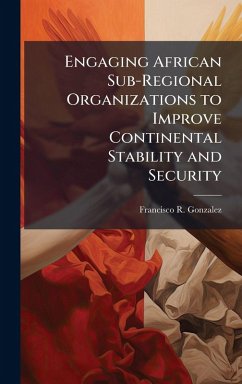Abstract The United States has been engaged on the African continent for one reason or another for many decades and despite the recent change in presidential administrations, it is likely that Africa will remain in the national security consciousness for the foreseeable future. Africa is a socially complex area of the world, with a diverse demographic, expanding population, and vast, untapped resources. The continent is important to U.S. national security objectives not only because of the threat of terrorism, but for economic and humanitarian reasons, as well. While there are several programs and initiatives to further the interests of both Africans and the United States, perhaps one of the best ways in which to engage Africa is through sub-regional organizations like ECOWAS. While engagement is important, the type of engagement and how the U.S. presents itself are equally important. Thus, an effective way to capitalize on sub-regional engagement and obtain the most benefit is to emulate the NATO Strategic Airlift Capability program. This program is a visible, viable means in which to improve ECOWAS's ability to support itself and its member states' stability and interests in the long term. This work has been selected by scholars as being culturally important, and is part of the knowledge base of civilization as we know it. This work was reproduced from the original artifact, and remains as true to the original work as possible. Therefore, you will see the original copyright references, library stamps (as most of these works have been housed in our most important libraries around the world), and other notations in the work. This work is in the public domain in the United States of America, and possibly other nations. Within the United States, you may freely copy and distribute this work, as no entity (individual or corporate) has a copyright on the body of the work. As a reproduction of a historical artifact, this work may contain missing or blurred pages, poor pictures, errant marks, etc. Scholars believe, and we concur, that this work is important enough to be preserved, reproduced, and made generally available to the public. We appreciate your support of the preservation process, and thank you for being an important part of keeping this knowledge alive and relevant.
Bitte wählen Sie Ihr Anliegen aus.
Rechnungen
Retourenschein anfordern
Bestellstatus
Storno








